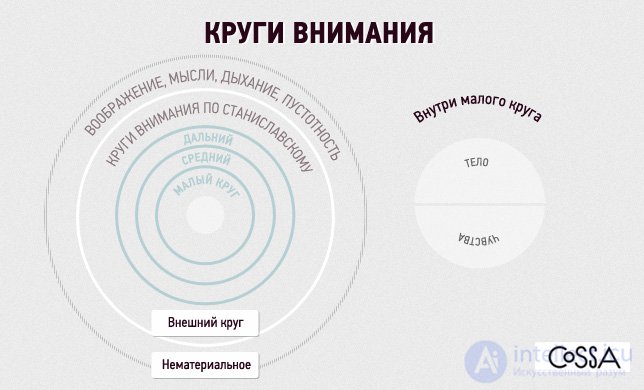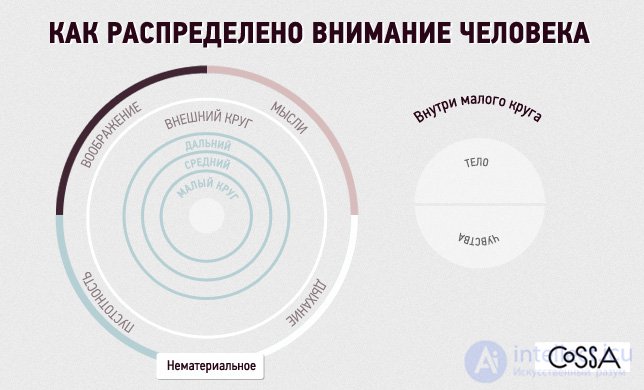Lecture
Offline has become a new value. A person has a new desire - to go off, stop being available through all channels of communication, disconnect, be alone with him.
The slogan “off is a new emotion” was first voiced by Simon Waterfall - creative director, founder of the POke and Fray agencies, president of D & AD in 2007–2008.
In 2011, Simon read a lecture on “Future-2” at Strelka, in which he listed ten properties of the future. The tenth trend was the desire to go at least for a while to the off state. In the final part of the speech, Simon asks a question:
Will we be able to design a new emotion of the future? What will be the new value? Everything is connected, everything is included, everything is very fast. I don't need all this. I want to turn off my phone, my Foursquare, my Twitter. I want to turn everything off. Off is a new emotion.
Mediasketics (from the Greek. Ασκεσις - "exercise") - a way of life, characterized by an understanding of the latest means of communication and their reasonable use for human life. Understanding the mechanisms of advertising, media and the latest Internet technologies to gain self-awareness in the new world.
The goal of media art is to gain the ability to consciously use modern technologies and media for arranging conscious life in the modern world.
The Internet has the ability to steal attention.
All Western psychologists say in one voice about the partial loss of the ability to concentrate in a modern person brought up by Facebook.
Many eminent teachers argued that one of the few life processes that a person can control is their attention.
This phrase may seem an oversimplification of life processes, but if you think about it, it will turn out that a person lives, shifting attention from one object to another, and back. By controlling attention, a person controls his life.
The creator of the theater system, Konstantin Stanislavsky, believed that the actor’s work on himself could and should last his whole life. One of the basic elements is attention.
Managing the attention of one’s own and the viewer is the main tool of the actor and media director. With the help of simple exercises you can learn to manage your attention, and knowing how attention works, you can learn to manage the attention of other people.
A shy child, receiving ridicule from peers, draws attention to nonexistent worlds - books and his fantasies - and finds in his imagination protection from the outside world.
The writer goes deep into his inner world, and after friction with the outside world, a work is born.
A monk in ritual concentrates on invisible things.
The yogi disconnects from the world and meditates, focusing on bodily sensations, breathing, feelings or thoughts.
The girl pays attention to the neighbor at the next table, then at her boyfriend and decides that it is time to change her haircut and, in general, urgently get out of this cafe.
The books of Konstantin Stanislavsky describe the theory of attention circles and exercises with them, with the help of which an actor can learn to leave or expand his comfort zone, train observation and sensitivity.
Scheme device attention. In the system of Stanislavsky, there are three areas of attention: small circle, medium and long range.

This is a small space next to a man at arm's length. There are thinkers and artists in it, it is shared by lovers, two interlocutors at a table in a cafe.
Here is how KS Stanislavsky describes this (“The actor’s work on himself”):
In such a narrow light circle, as with the attention collected, it is easy not only to look at objects in all their most subtle details, but also to live with the most intimate feelings and thoughts and perform complex actions; You can solve difficult tasks, understand the intricacies of your own feelings and thoughts; you can communicate with another person, feel it, check your intimate thoughts, reconstruct the past, dream of the future.
Inside the small circle is a man, with his senses and bodily sensations.
There are meditations in Eastern practices, when it is necessary to focus only on bodily sensations or to follow your feelings or thoughts.
In a session of psychoanalysis, a person, being in a small circle with a psychoanalyst, draws attention to his feelings and feelings from them.
On the scheme of thought made outside of man. They permeate the entire world, and not just the man himself.
The middle circle includes a larger area - a room, part of the hall, an audience, a large dining table.
A large area gives space for widespread action. In a large space, it is more convenient to talk about common rather than personal, intimate questions.
In such circles, in order to keep the interlocutor's attention, you need to behave louder and brighter, resort to additional methods of holding attention - intonation, gestures, movements, decorations.
This is the size of the entire auditorium or city street.
The size of the largest circle depends on the farsightedness of the beholder. In the steppe or in the sea, the size of the circle of attention is determined by the distant line of the horizon.
The diagram shows another external and invisible circle.
In the outer circle to be everything that does not fall within sight.
All the events that are happening now on the stage of the Bolshoi Theater, in Paris in the park of Montsouris, on other planets - all this falls into the outer circle. What happens there can be imagined or glimpsed by television or webcam.
A circle marked with a dotted line is not even a circle, but a shell that absorbs and penetrates all circles. This is what permeates all space - imagination and thoughts that transform and enliven the visible world.
How a person’s attention is distributed on the Internet can be seen from the following diagram:

Attention is focused on a small area in a small circle in front of you. Actively involved the area of the outer circle. All this permeates the imagination and thoughts. Attention is rarely directed to bodily and sensual sensations. Man's thoughts are dispersed along the flow of messages in the tape.
It is worth noting that when reading a book, attention to bodily sensations is directed even more than when perceiving information from the screen.
There is an opinion that if a person from time to time does not pass all circles with his attention, then he will miss something important in his perception of himself and the world.
All researchers of attention converge on the fact that the usual deliberate switching of attention from one circle to another and holding it inside trains a person’s ability to concentrate.
A simple exercise for five to seven minutes a day trains perception and observation: just switching attention from one circle to another.
For example, in a metro, consider sitting in front of a person for a few minutes, then pay attention to the feelings that have arisen, then transfer to a distant circle, then imagine yesterday's sensations or events, and so on.
Such a simple training gives you the opportunity to observe more phenomena and details over time, to concentrate for longer on objects without switching.
Stanislavsky, in lectures for his students, notes that in addition to the ability to concentrate, such exercises enrich the inner world of the playwright and actor, make it possible to notice more details, characteristics of the surrounding world and note the phenomena necessary for creativity in the surrounding reality.
Alexander Gordon in his lecture “Theory of Conflict” on the TV channel “Rain” notes that 10–15 minutes of training per day is enough to get a tangible result. Similar figures are cited in his books by the well-known meditation practitioner Jonge Mingjur Rinpoche.
On the Internet, attention is the main resource possessed by the user. If you learn to manage attention:
Comments
To leave a comment
SMM Social Media Promotion
Terms: SMM Social Media Promotion